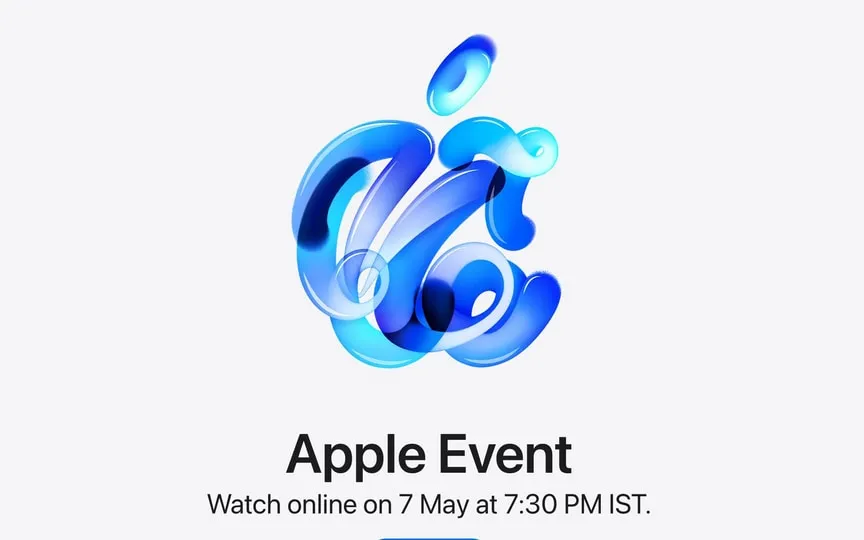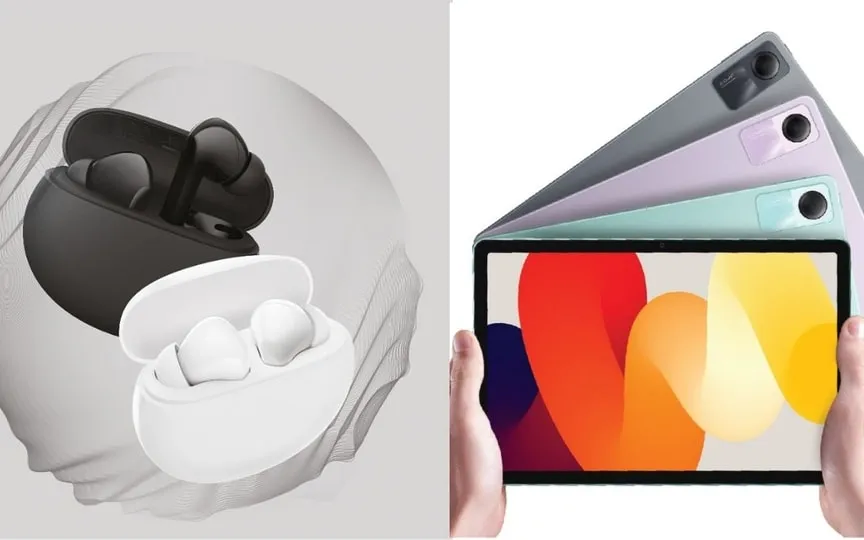Meta to introduce labels for AI-generated content on Facebook and Instagram prior to upcoming elections in the US and India
As policymakers ponder how to curb deepfakes and AI-generated content in a year when India and the United States go to the polls, Meta said on Tuesday that in the coming months it will mark the images users post on Facebook, Instagram and threads that are generated by AI.
Meta adds a feature that people can reveal when they share AI-generated video or audio so the company can tag it.
“We require people to use this notification and flagging tool when they post organic content with photo-realistic video or realistic-sounding audio that has been digitally created or altered, and we can issue penalties if they don’t,” Nick Clegg. The head of global affairs said in a statement.
If a company determines that digitally created or altered image, video or audio content creates a particularly high risk of misleading the general public on an important matter, “we may add more prominent labeling if necessary so that people have more information and context.” .
The Meta family of apps, which includes Facebook, Instagram, Messenger and WhatsApp, is now used by 3.19 billion people daily, up from 3.14 billion.
The social networking platform said it is also working with industry partners on common technical standards to recognize AI content, including video and audio.
“We’ve been labeling photorealistic images created with Meta AI since its launch so people know they’re ‘AI-imagined,'” Clegg said.
“We’re taking this approach throughout a year with a number of important elections around the world,” the company said.
As AI-generated content appears on the Internet, Meta is working with other companies in the industry to develop common standards for identifying it in forums such as the Partnership on AI (PAI).
“The invisible tags we use for Meta AI images – the IPTC metadata and the invisible watermark – are in line with PAI best practices,” Clegg noted.
“We’re building industry-leading tools that recognize invisible markers at scale to tag images from Google, OpenAI, Microsoft, Adobe, Midjourney, and Shutterstock as they implement their plans to add metadata to the images their tools create.
“These are early days for the proliferation of AI-generated content. As it becomes more common in the coming years, there will be a societal debate about what should and shouldn’t be done to identify both synthetic and non-synthetic content.
“Industry and regulators can move towards ways of authenticating content that is not created by AI, as well as content that is,” Clegg said.




